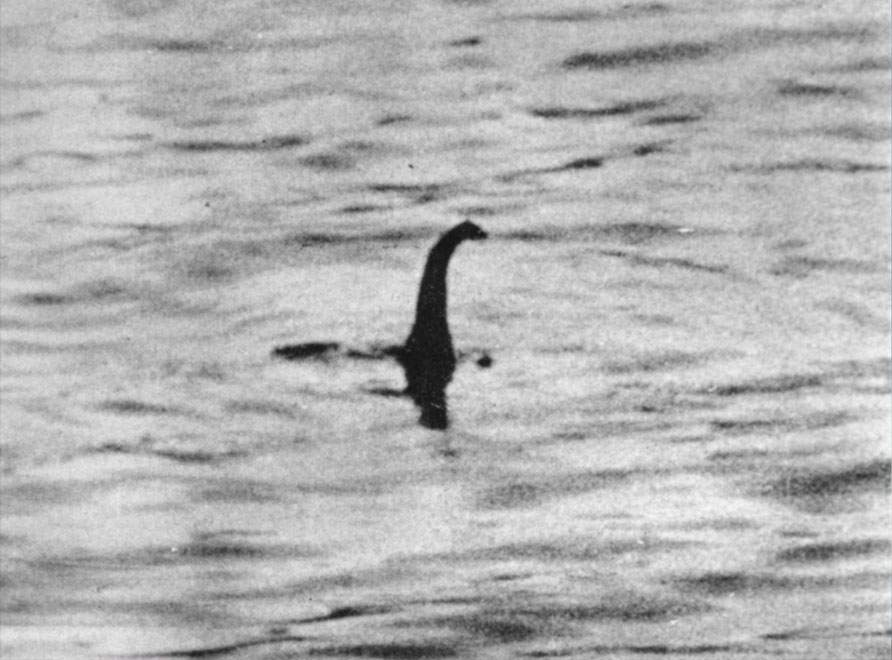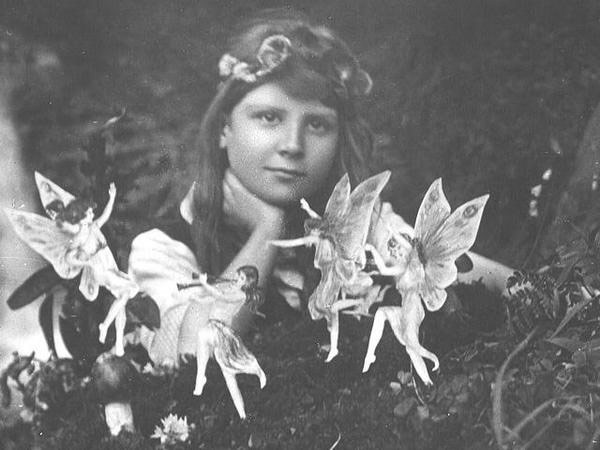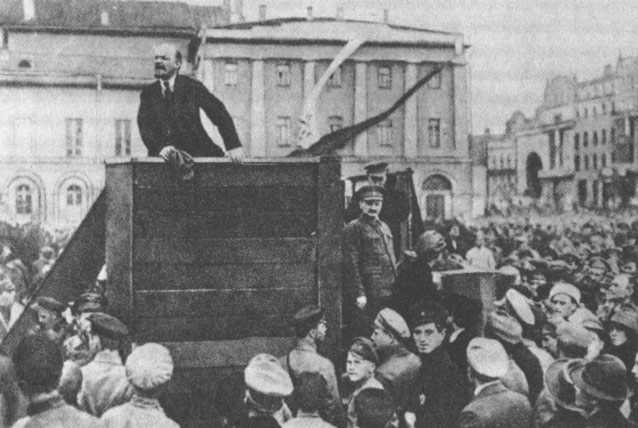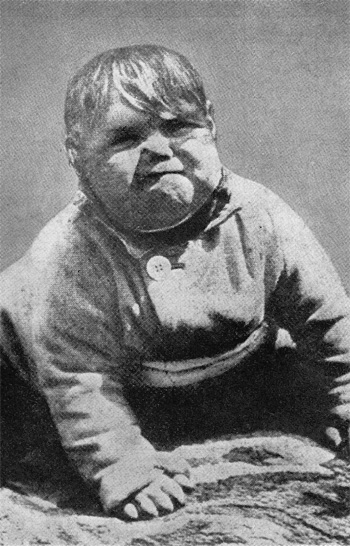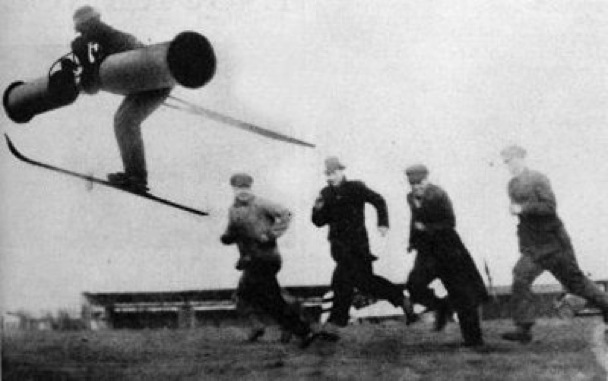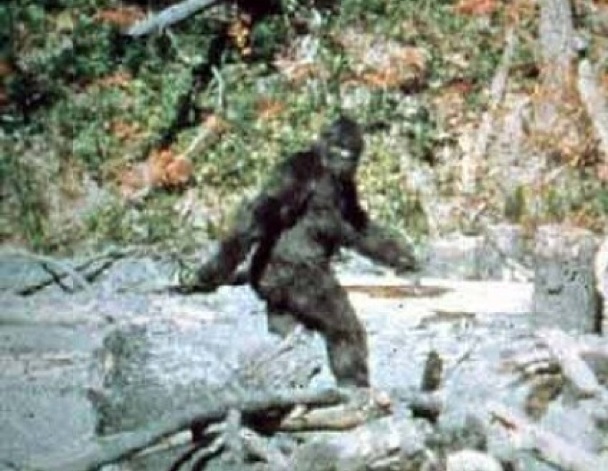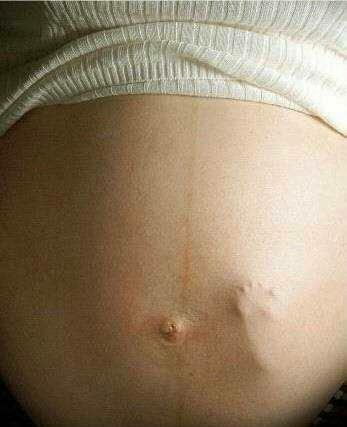History’s Most Famous Photo Hoaxes
Long before Photoshop became widely available photo hoaxes were much more noteworthy and had larger repercussions for contriving fake events.
Long before Photoshop became widely available photo hoaxes were much more noteworthy and had larger repercussions for contriving fake events. Today we are accustomed to seeing completely unrealistic and out-of-this-world scenes on photographic prints, but in bygone days society was a little more innocent.
Whether used as propaganda in war times, t0 invent or perpetuate superstitions, to improve appearances, or to make ordinary events appear extraordinary, photo hoaxes have historically changed our perceptions, beliefs and even our actions.
Here are ten of the most famous photo hoaxes (appropriately from The Museum of Hoaxes) throughout history.
Portrait of a Photographer as a Drowned Man
Hippolyte Bayard was angered by the lack of attention and recognition given to his independently developed process of direct positive printing, which was instead focused on his rival Louis Daguerre. In the 1830s during the race to perfect the printing process, Bayard was not remembered as the first to invent photography, yet he is known as the first to fake a photograph. To demonstrate his frustration, Bayard took a faux photo of himself as a suicide victim alongside a note reprimanding those who supported Daguerre as the discoverer of photography rather than himself.
President Lincoln
Due to Abraham Lincoln's lack of 'heroic-style' portraits, an amateur entrepreneur created the photo of Lincoln on the left by combining two other photographs. By cutting out Lincoln's head from a picture by Matthew Brady and pasting it onto an image of southern leader John Calhoun, this widespread image of a bold President Lincoln was created.
The Cottingley Fairies
Cousins Frances Griffith and Elsie Wright were playing in the garden of Elsie's Cottingley village home when a group of frolicking fairies seemingly decided to join in on their fun. The series of photos taken by the young girls captured the world's attention, providing 'proof' to many spiritualists that supernatural creatures really did exist. Little did the world know (until 1980) that the fairies were in fact only cardboard cutouts drawn by Elsie inspired by the book Princess Mary's Gift Book.
Trotsky Vanishes
Leon Trotsky, the second in command to Lenin in Soviet Russia during the Bolshevik Revolution of 1917, was deported and eventually assassinated in later years after demonstrating open dissent towards Stalin's policies. This photo was taken in 1920, with the original depicting Vladimir Lenin atop a platform speaking to troops at Sverdlov Square and both Trotsky and Kamenev standing beside him on his left side. This picture is one of the most famous images in the many falsified photos using paint, razor and airbrushes as part of Stalin's attempt to eliminate all traces of the 'traitor' Trotsky.
Baby Hitler
In the 1930s, a photo supposedly showing a baby Adolf Hitler circulated throughout England and America. The menacing scowl upon the baby's face and greasy mop of hair covering its head was distributed by Acme Newspictures Inc. and appeared in a large number of newspapers and magazines. The photo actually portrayed a young american boy, John May Warren, whose cute and and bubbly features had been manipulated to make him look more sinister. The origin of the hoax picture has been traced back to Austria, Hitler's home country, yet the identity of the forger remains unknown.
Lung-powered Flying Machine
One of the most successful and widespread April Fools jokes in history, this photo was run in the Berliner Illustrierte Zeitung on April 1, 1934 presenting a flying machine run by the breath from a man's lung. Many immediately thought the image to be true and International News Photo distributed the image of this 'new invention' to its American subscribers. This caused the image to go viral, with it even making it into the New York Times.
The Surgeon's Photo
A few months after the initial media hype following a sighting of an 'enormous monster' by a couple in the Loch Ness, a highly respected British surgeon, Colonel Robert Wilson, came forward with a picture showing a serpent rising out of the water. By far the most famous image of the 'Loch Ness Monster', this photo, named 'The Surgeon's Photo' (due to Wilson's wish to remain anonymous) was debunked in 1994, 60 years after the photo's initial release. 90 year-old Christian Spurling, on the eve of his death, revealed his role in the hoax. At his stepfather's wishes he had created a toy submarine with a sea-serpent head to appear in a photograph, which Colonel Wilson would be the frontman for.
The Brown Lady of Raynham
By far one of the most famous ghost pictures, the Brown Lady supposedly haunted the walls of Raynham Hall in Norfolk, England. The image was taken by two photographers for Country Life magazine, who had been setting up their cameras and apparently saw an unearthly figure floating down the stairs and subsequently snapped a photo. The appearance of the ghost has later been attributed to camera vibration, light entering the lens from the window or double exposure, yet it is unknown whether the result was produced on purpose or was accidental.
The Bluff Creek Bigfoot
This image represents frame 352 of Patterson and Gimlin's infamous short film about Bigfoot set in Northern California. The pair set out out to make a documentary on horseback about the beast and conveniently managed to capture footage of a female 'Bigfoot' strolling along the river bank. Skeptics argue that this image is obviously just a figure in an ape suit, yet believers counter that costumes and effects were not sophisticated enough in 1967 to create such a believable image. The quality of the film is not good enough to conclusively prove or deny the existence of the beast, so feel free to make up your own mind on the authenticity of the image.
The Foetal Footprint
One of the more recent photo hoaxes, this image showing the outline of the foot of a baby in utero pressing against a pregnant mother's belly has gained widespread prominence on the internet and elsewhere. Many have been fooled by this miracle photo, but in actual fact, the abdominal wall is too thick and muscular for a foetal foot to be seen so clearly, and the foot itself is also unusually large.

